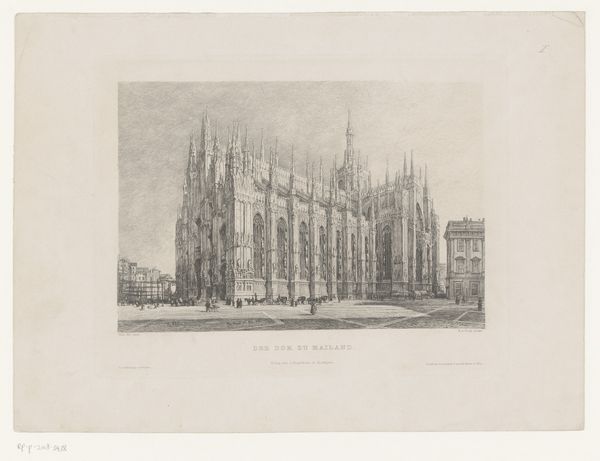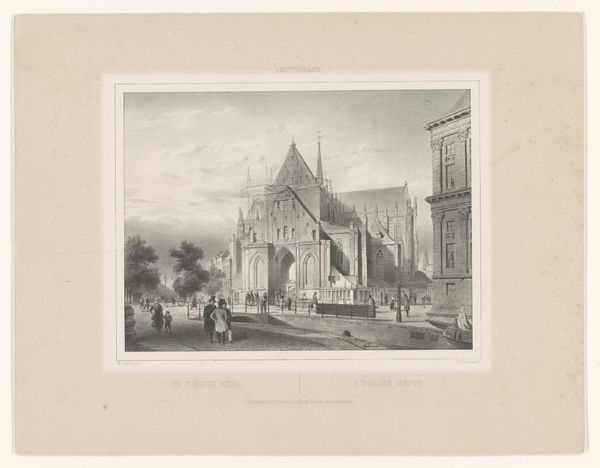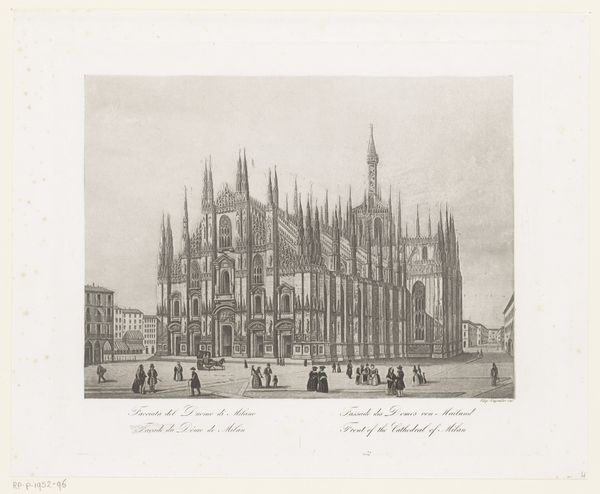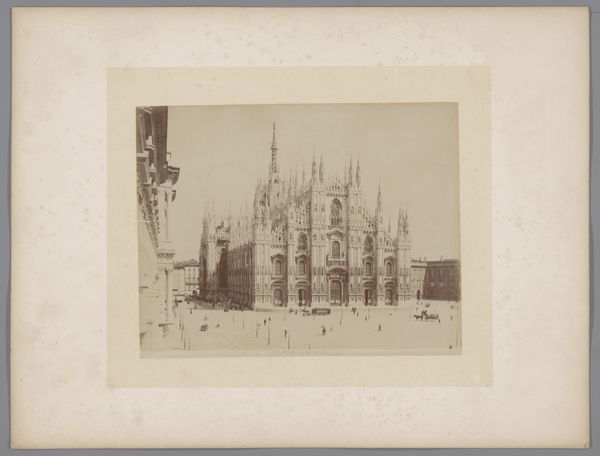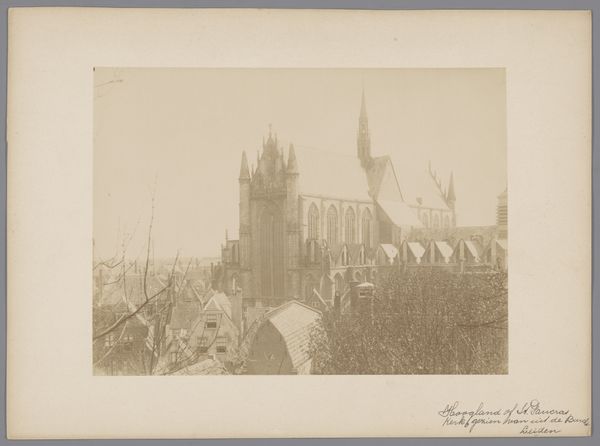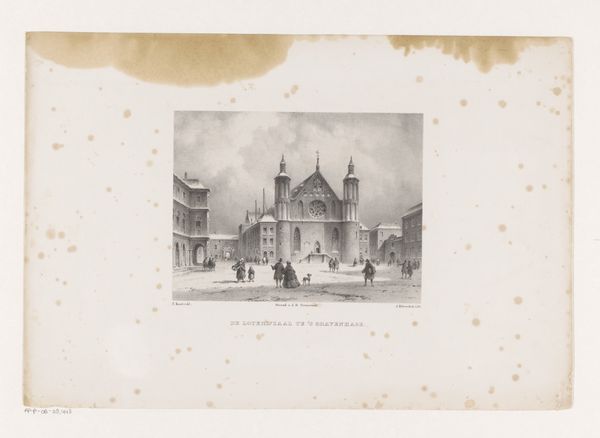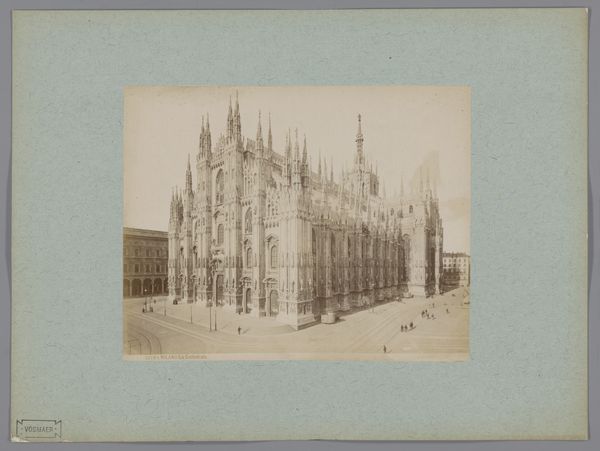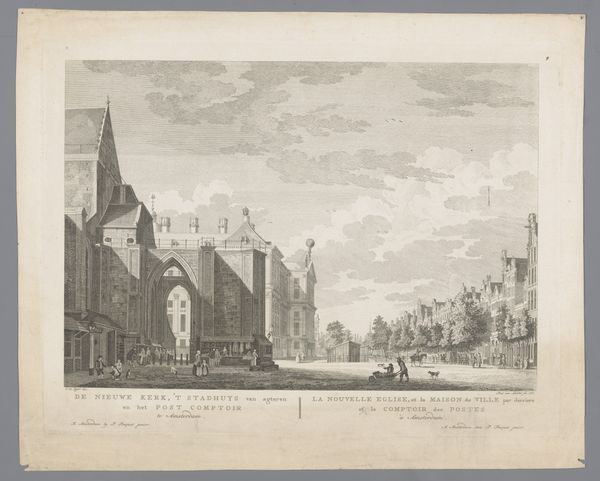
print, engraving
#
neoclacissism
# print
#
perspective
#
cityscape
#
academic-art
#
engraving
#
realism
Dimensions: height 550 mm, width 717 mm
Copyright: Rijks Museum: Open Domain
Editor: This engraving from between 1837 and 1840, titled "Kathedraal van Milaan" by Alexandre Jules Monthelier, depicts the Milan Cathedral with incredible detail. There’s almost a dreamlike quality to the city scene. How do you interpret this work? Curator: This image resonates with the complex history of Milan itself. Notice how the cathedral dominates the composition. It symbolizes not only religious power, but also the enduring socio-political structures of the city, which were often exclusionary. Consider who this architecture was *for* and *who was excluded* from the wealth and influence it represented. Editor: That's an interesting point. I hadn’t thought about it in terms of exclusion, just grandeur. Curator: Think about the moment in history: Neoclassicism, academic art…these movements were often deployed to legitimize existing power dynamics. Who commissioned this image, and what narrative were they hoping to perpetuate? We have to ask about representation and agency. Were marginalized communities also represented and by whom? This cityscape can tell a broader story about Milanese identity and access during that period. Editor: So it’s not just a pretty picture, it's a statement about power. Does this image celebrate the elite, and who is forgotten within the composition? Curator: Exactly. What's included and what's left out is key. And how does looking at historical images like this one inform our understanding of urban landscapes and social justice issues today? The power of architecture can represent authority and simultaneously limit progress for the working class. What do you think about that reflection? Editor: I never really considered art, especially something like a cityscape, in those kinds of terms. Now I see how much more there is to learn. Curator: Indeed. Seeing art through a critical, historical lens can transform our perception of the world around us.
Comments
No comments
Be the first to comment and join the conversation on the ultimate creative platform.
